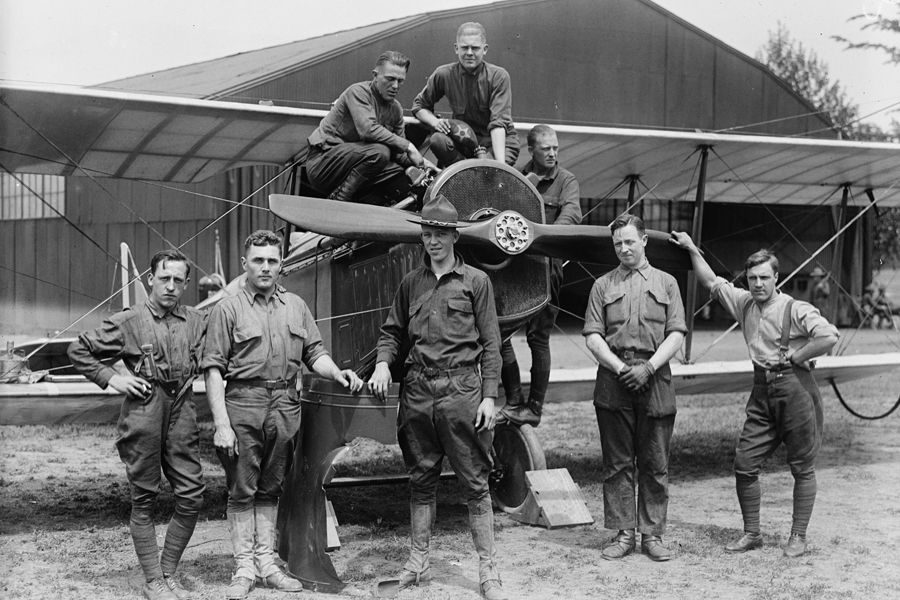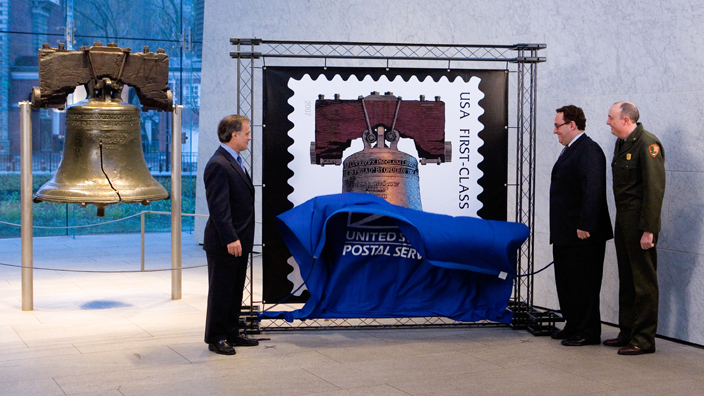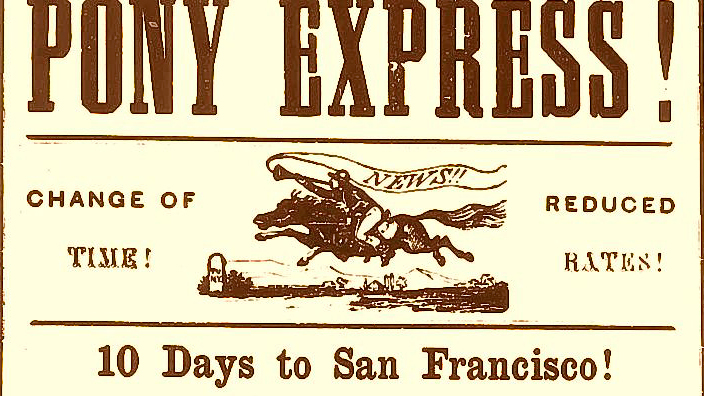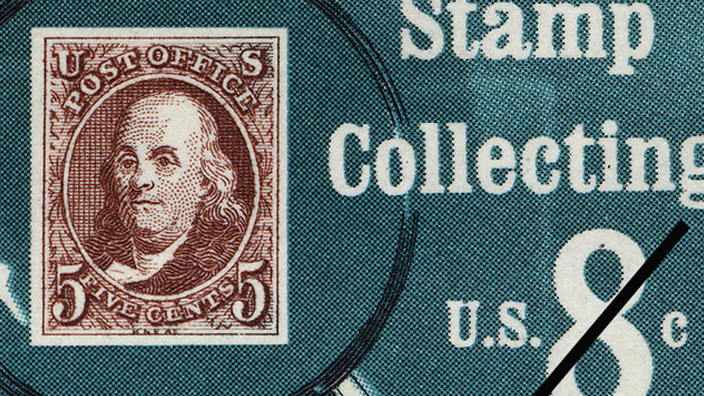Throughout its history, the nation’s postal system has experimented with new forms of transportation to move the mail.
By the early 20th century, the sky was the limit.
On May 15, 1918, before a crowd of thousands, including President Woodrow Wilson and first lady Edith Wilson, the first scheduled airmail flight lifted off from a Washington, DC, field bound for New York via Philadelphia.
Aviation was in its infancy. There was no support infrastructure to speak of. Pilots were expected to fly open-cockpit biplanes using little more than sight to guide them.
Not surprisingly, the flight did not go according to plan. The pilot had only a map and instructions to visually follow train tracks. He got lost and landed in a field in southern Maryland.
It was an inauspicious debut, but flying the mail soon established itself as a viable endeavor. Airmail was here to stay.
Indeed, airmail is credited not just with sending letters farther and faster, but with being the wind beneath the wings of commercial aviation.
In fact, a law allowing the Post Office Department to contract out routes to outside airlines was specifically designed to bolster the fledgling aviation industry.
That groundwork extracted a steep price, unfortunately. Thirty-four pilots lost their lives — six in the first week alone — during the years the Post Office Department ran the routes (1918-1926).
The early airmail pilots were “the astronauts of their age,” Nancy Pope, founding historian at the National Postal Museum, said at the May 2018 dedication ceremony of the first of two airmail centennial stamps.
“They braved storms and equipment failure … all understood the bargain they had made risking their lives to get the mail through.”
The “History” column appears occasionally in Link.



